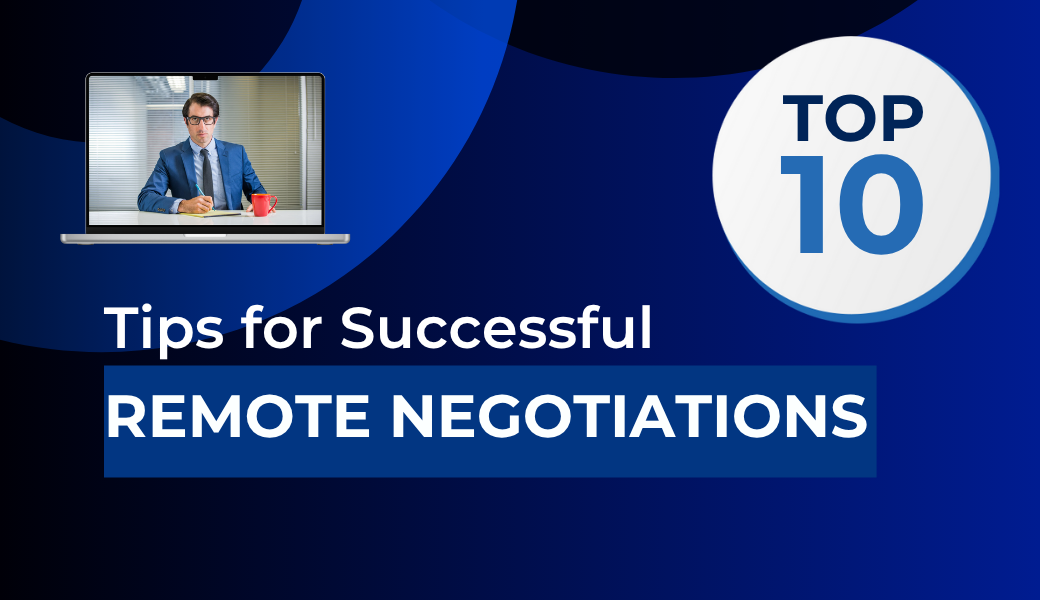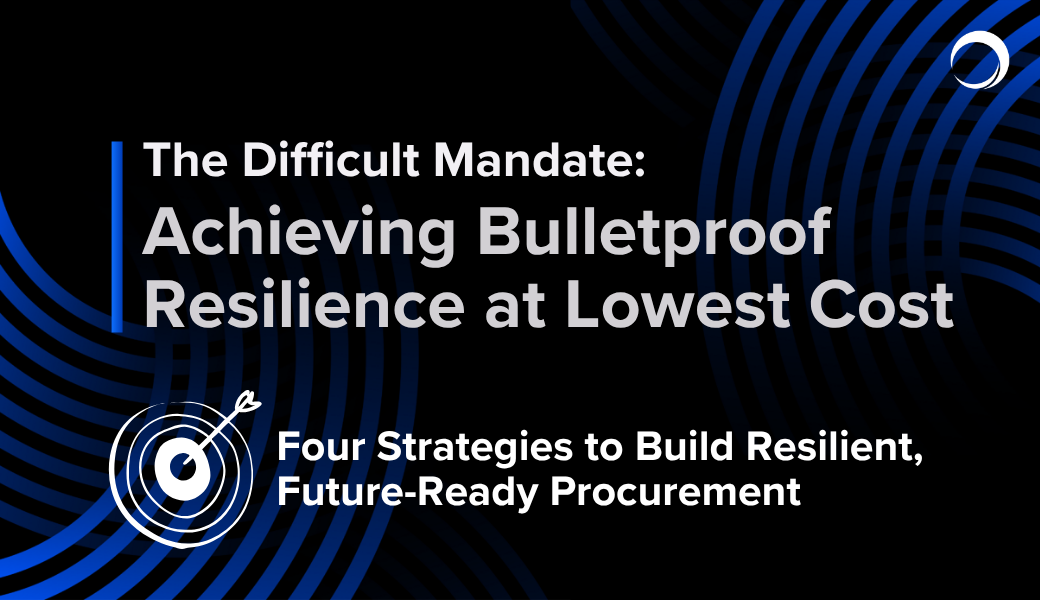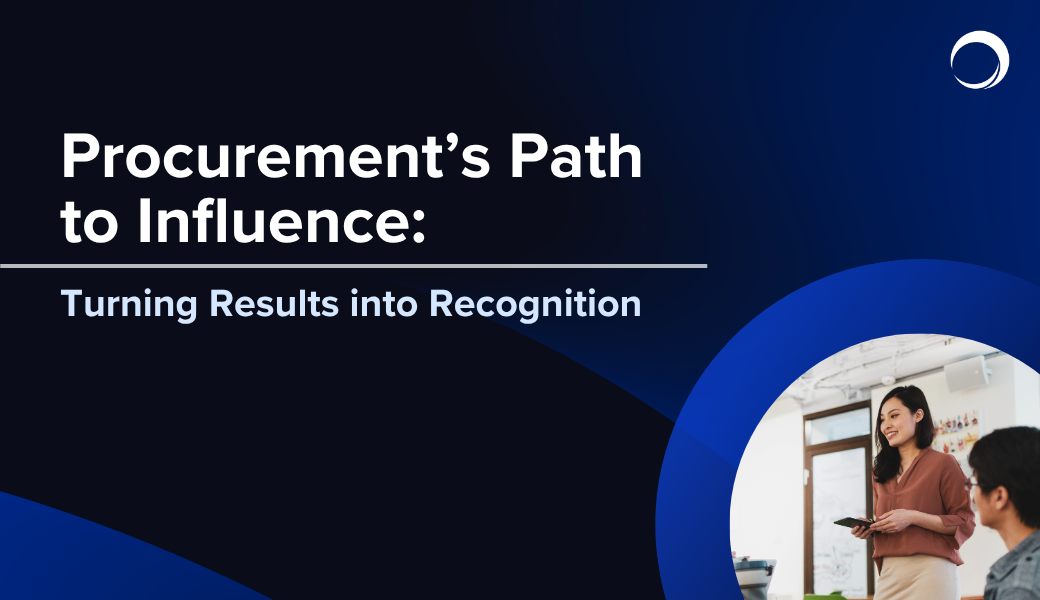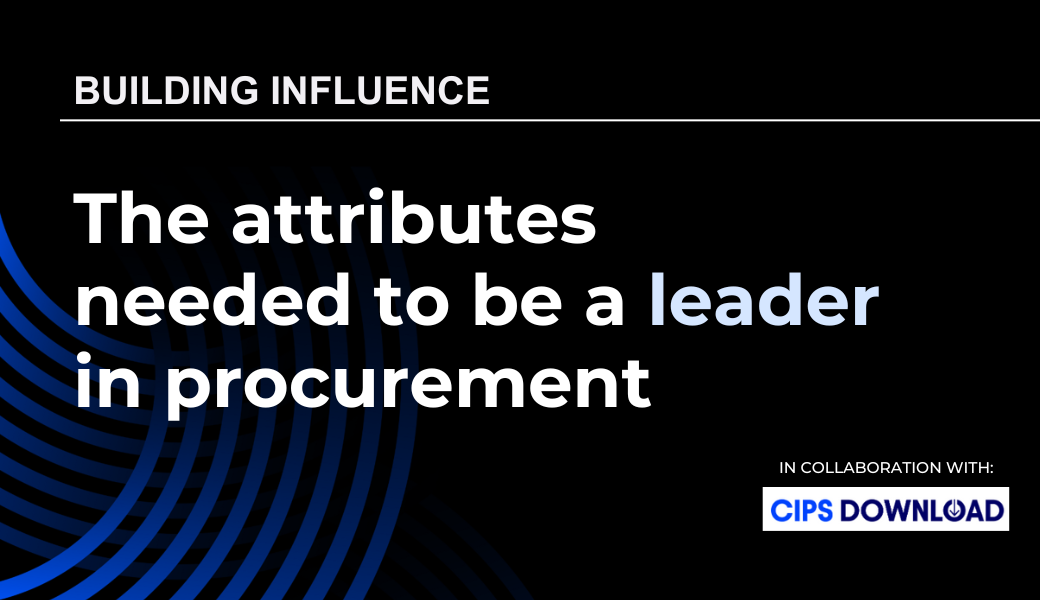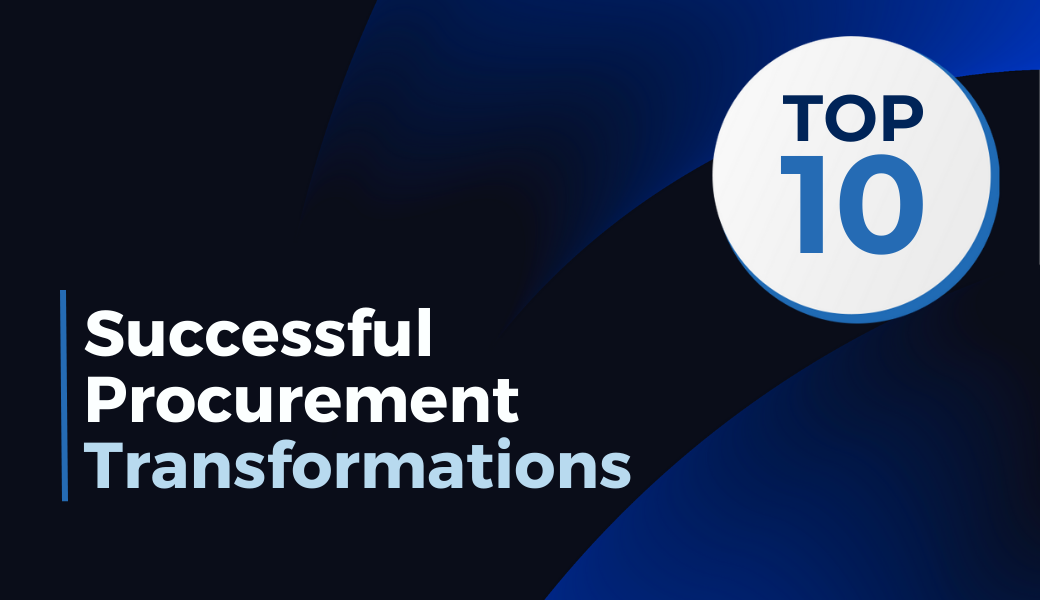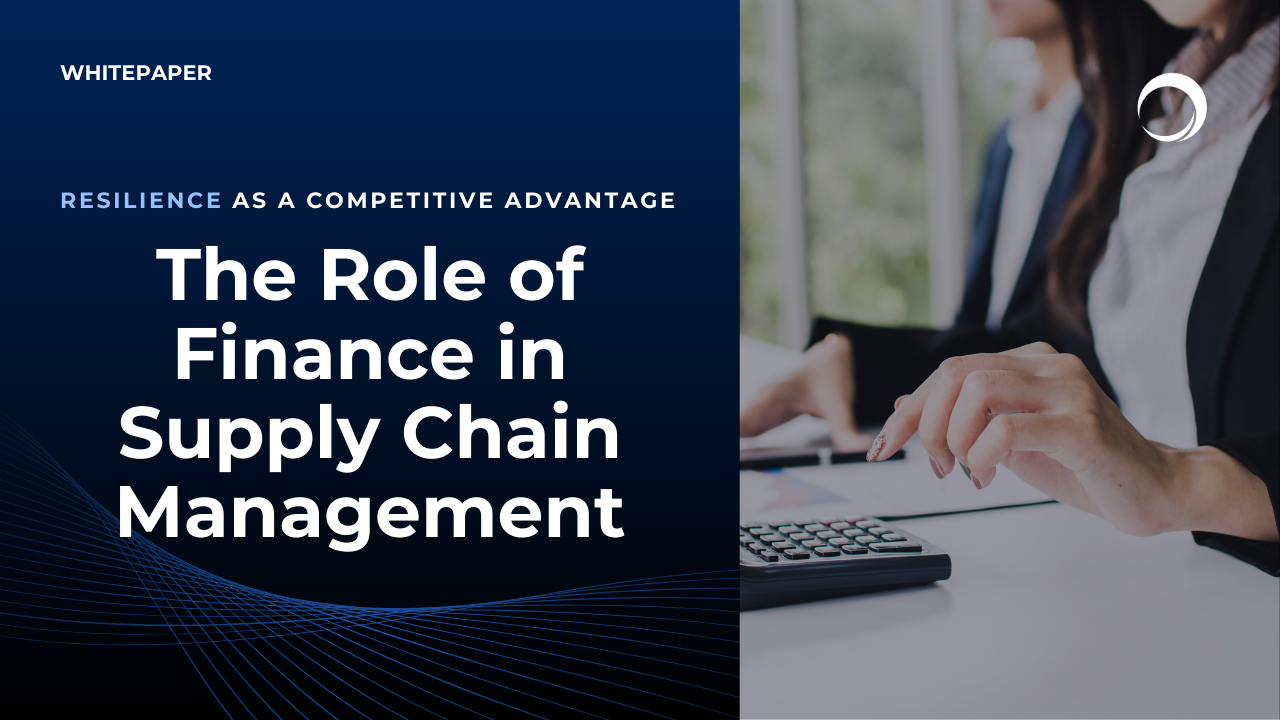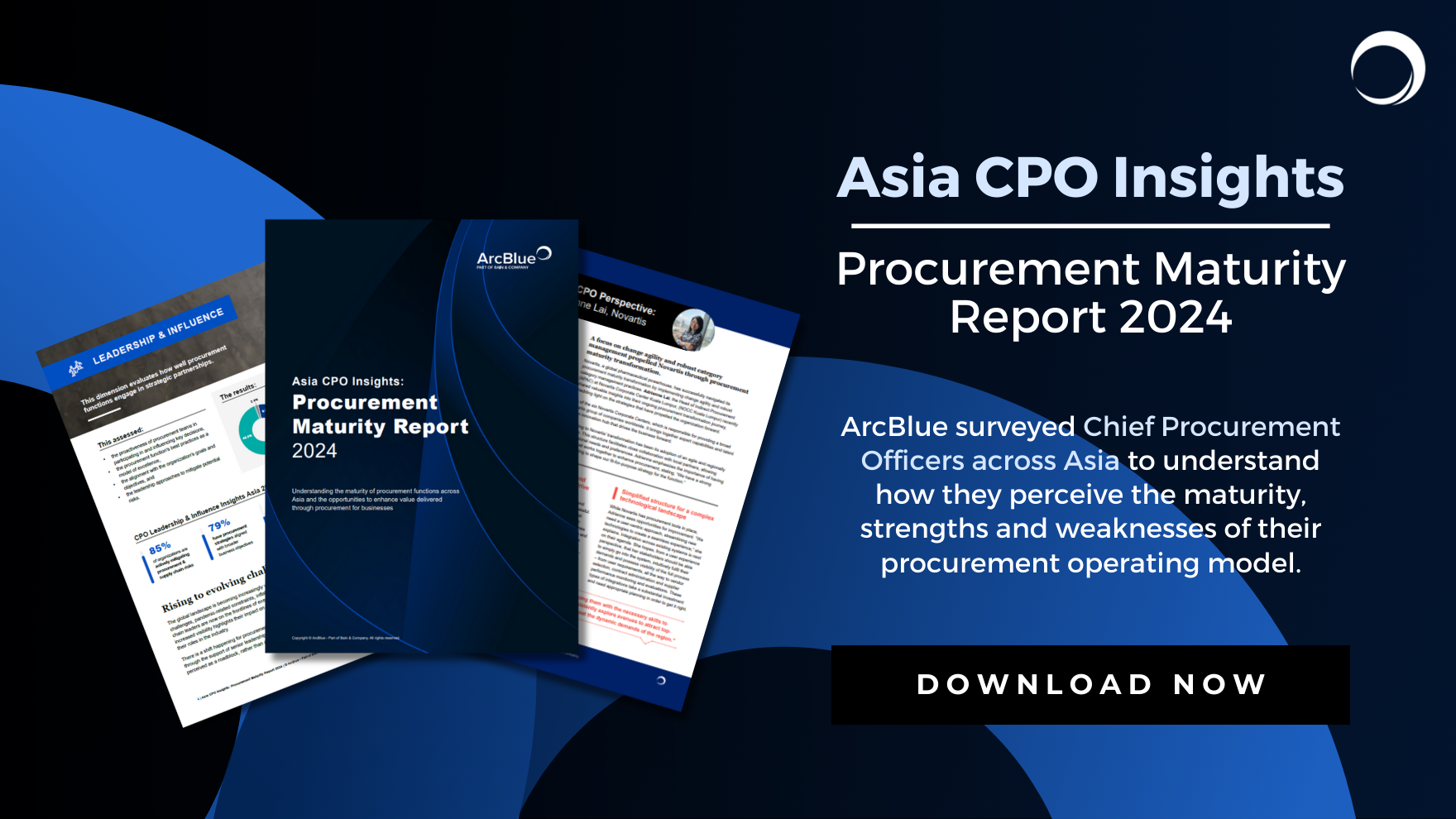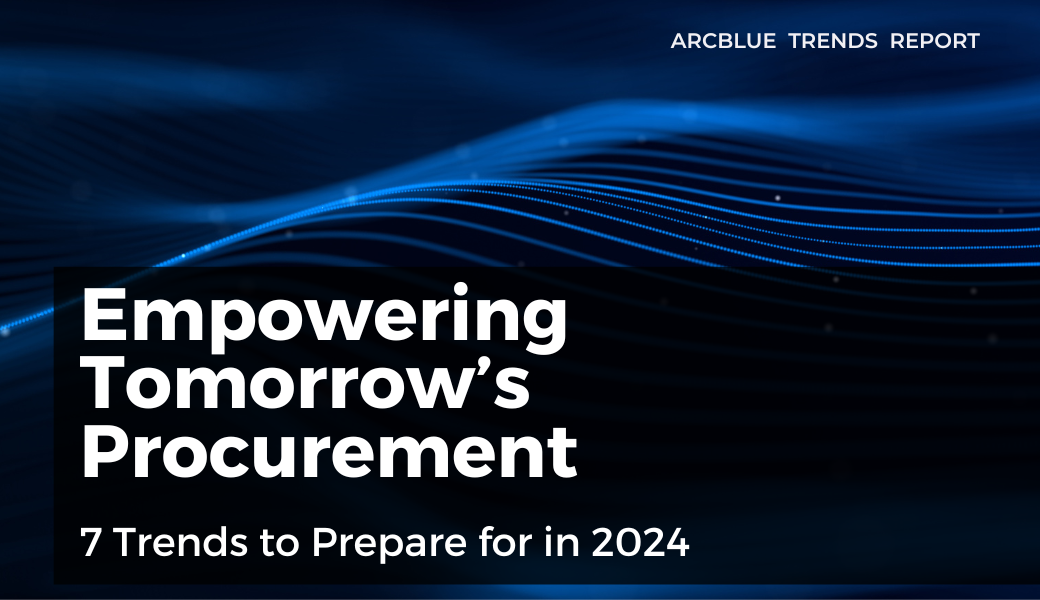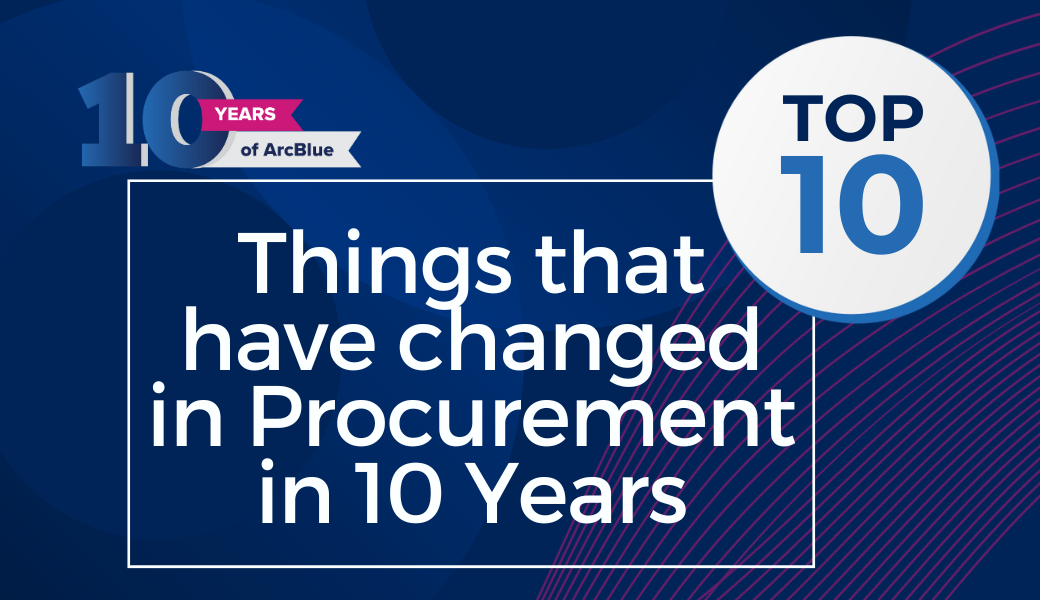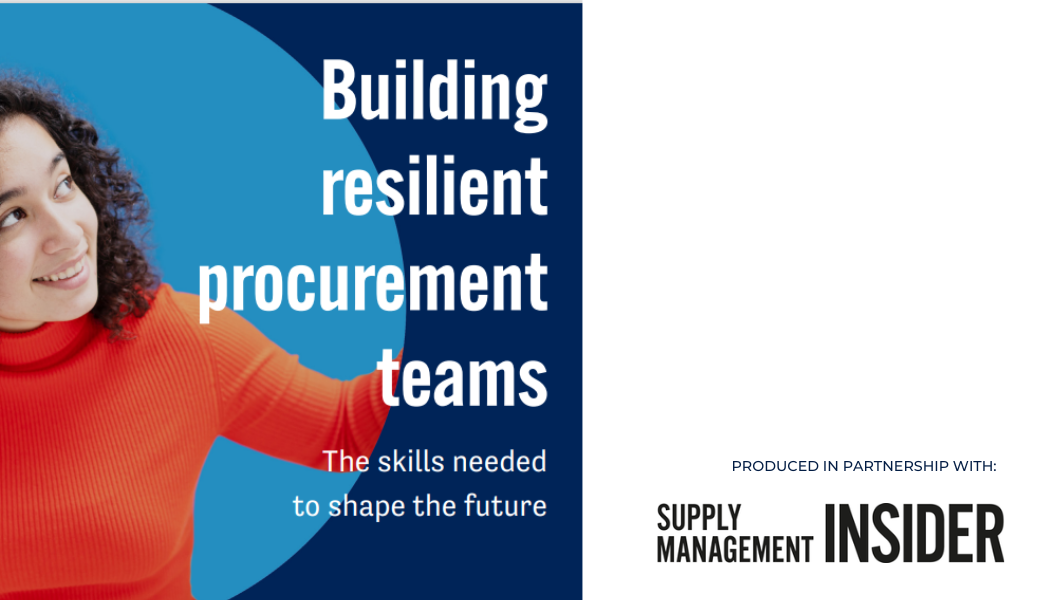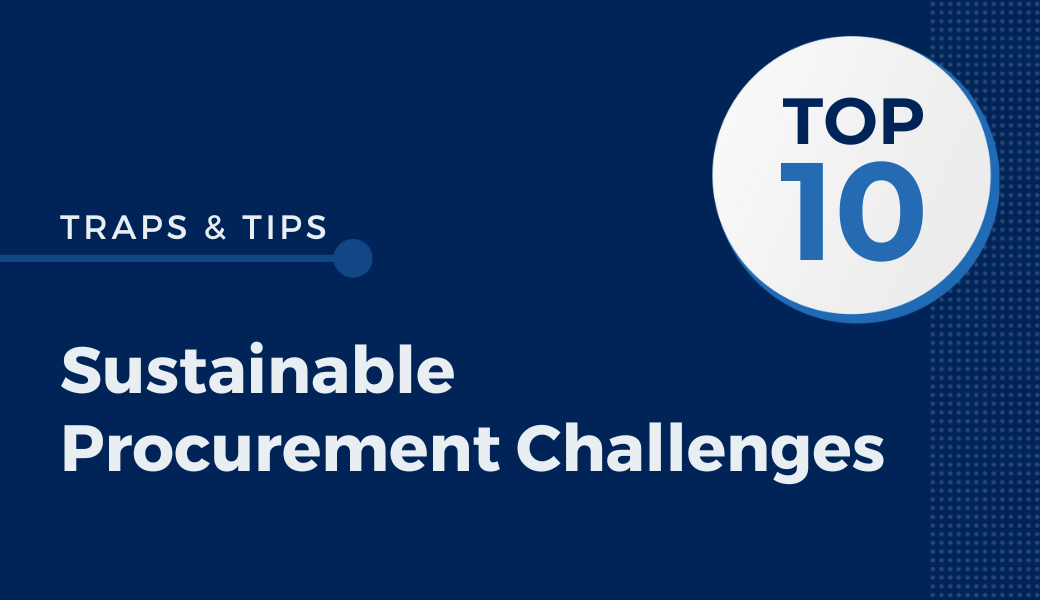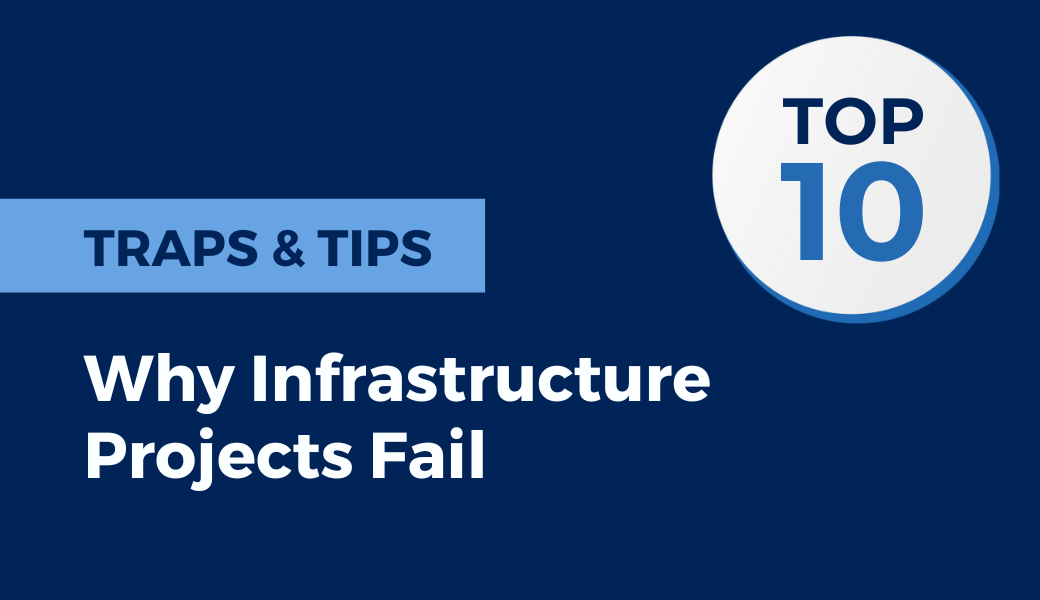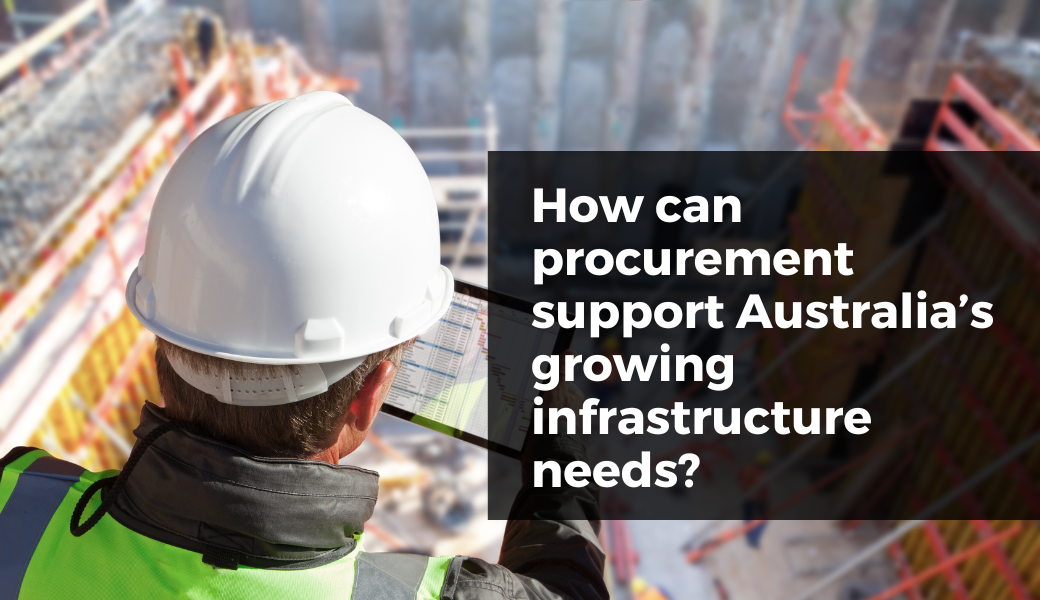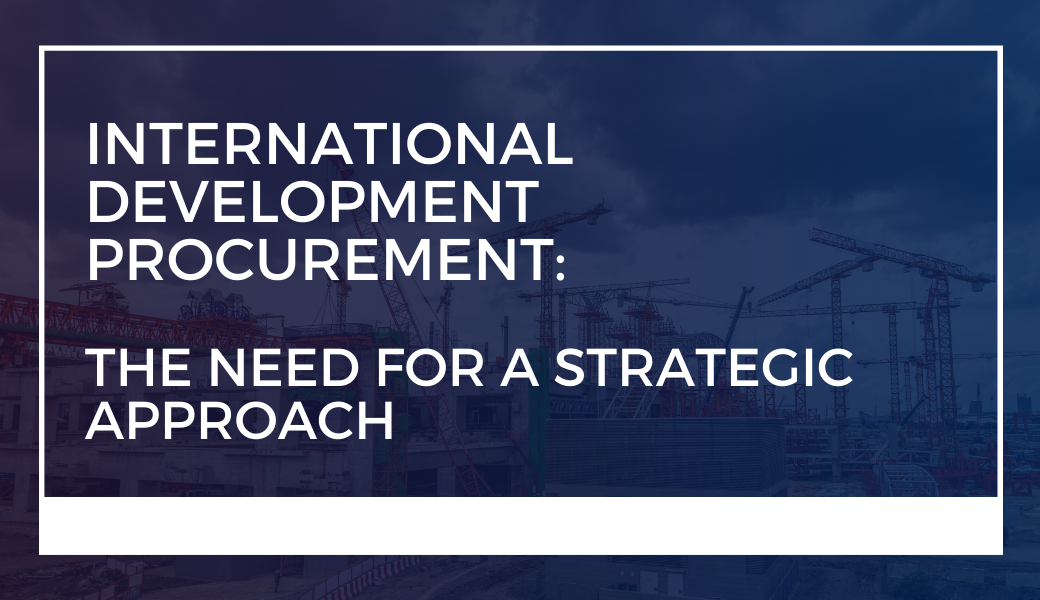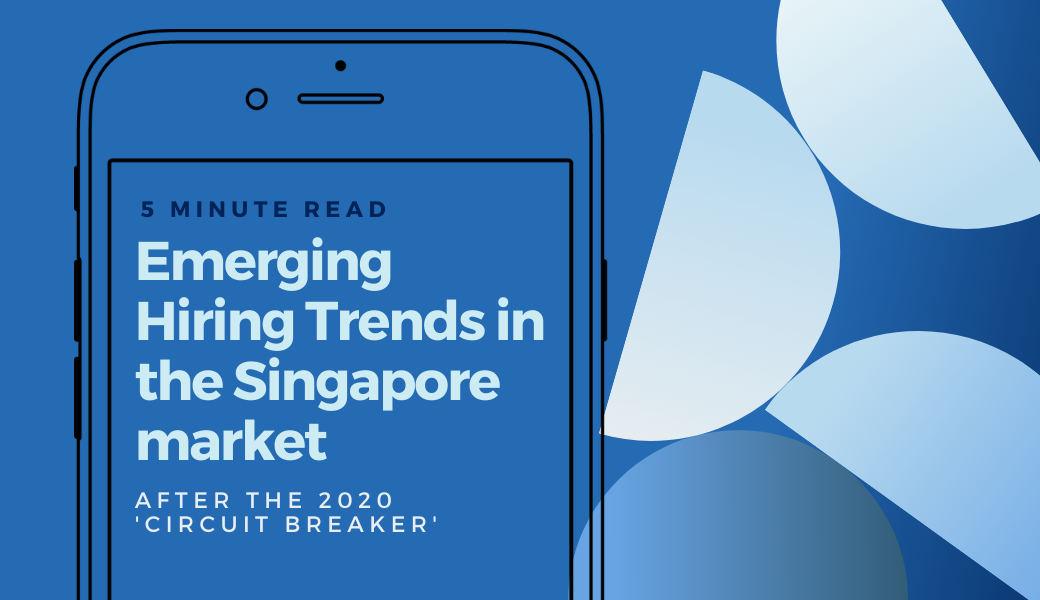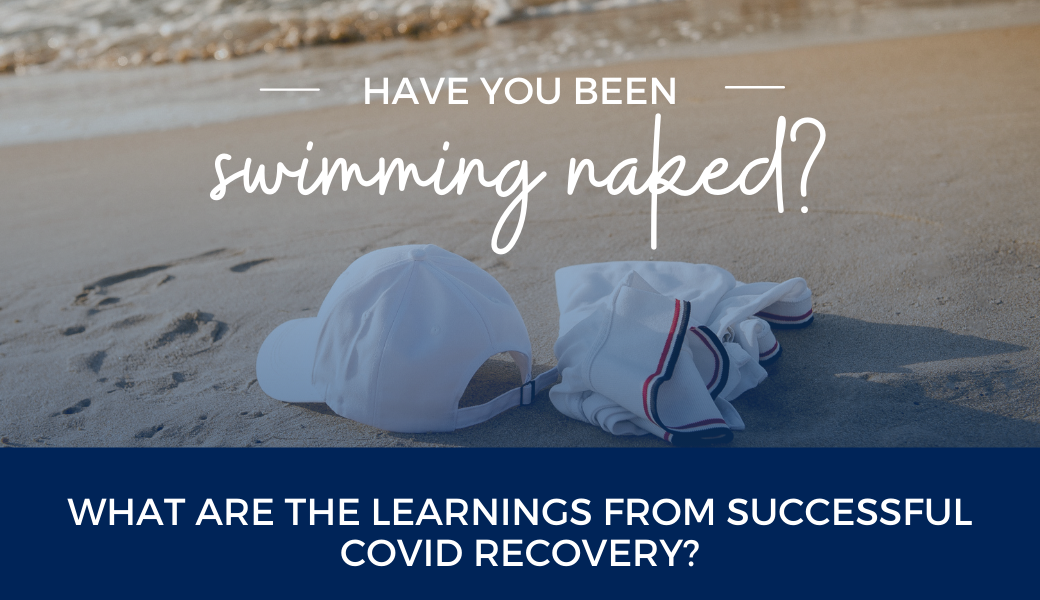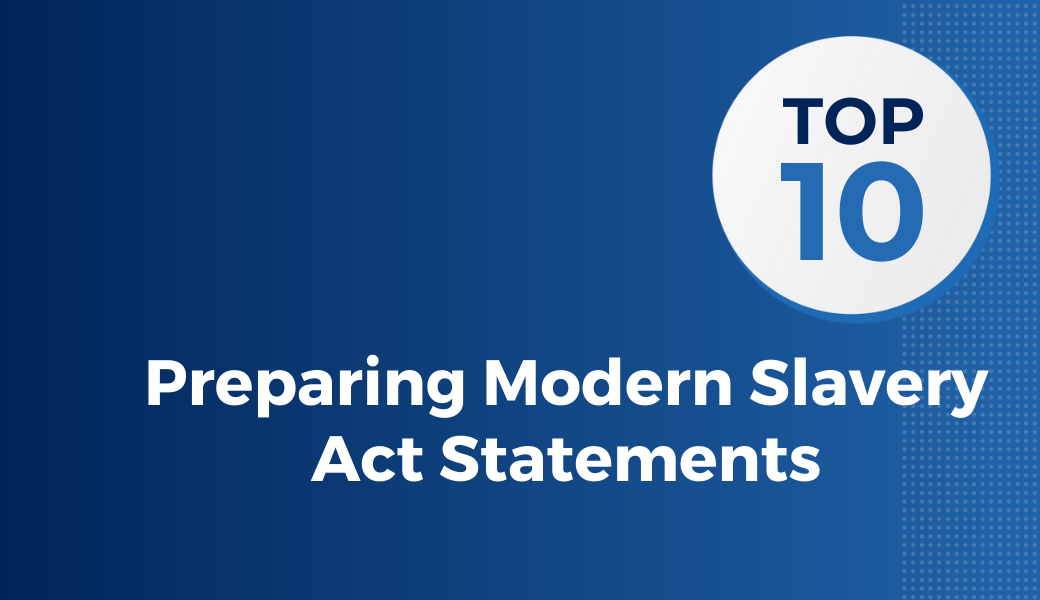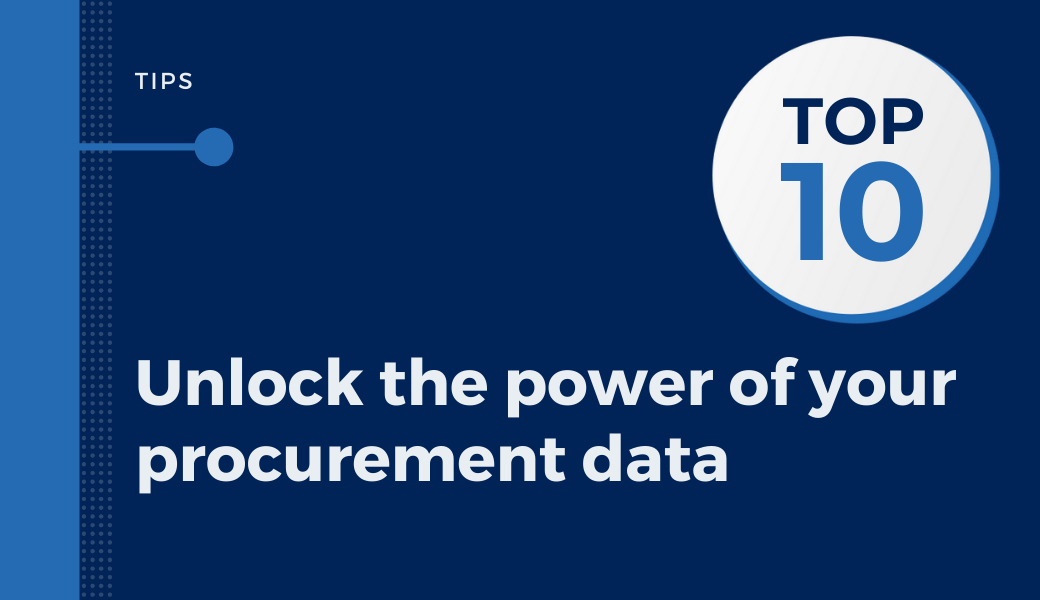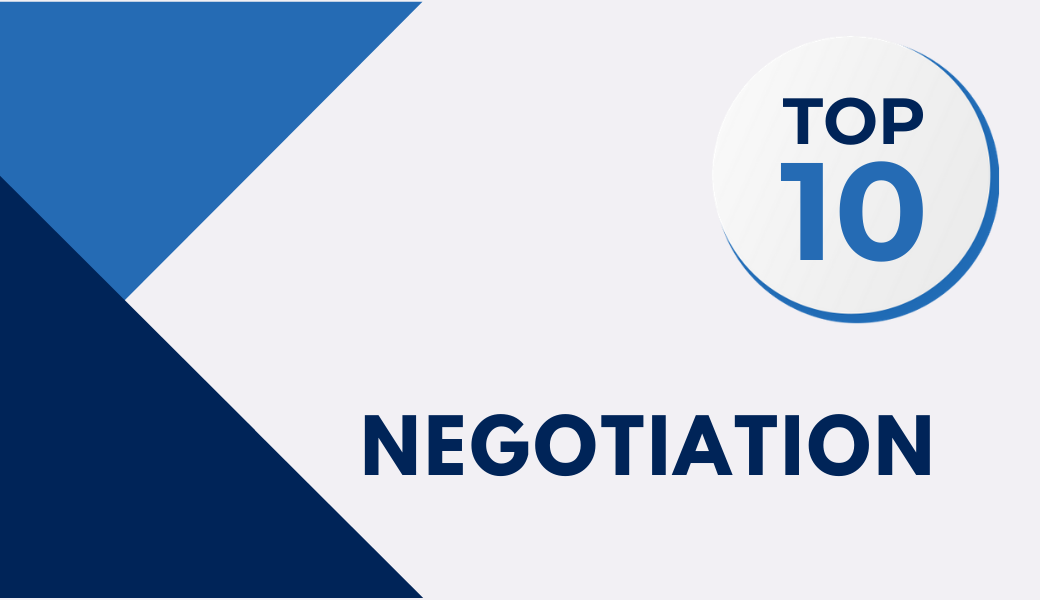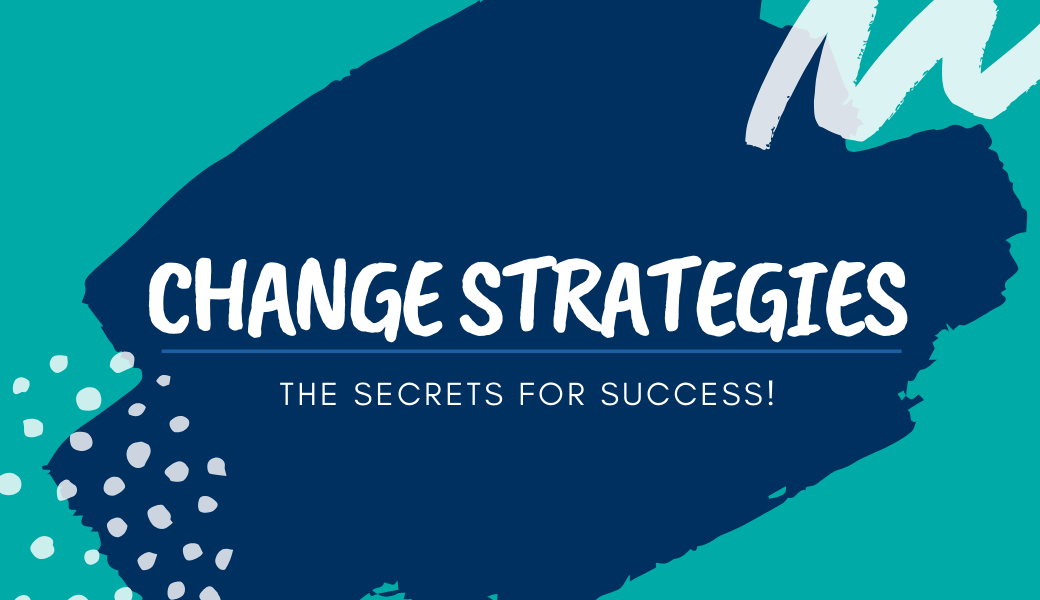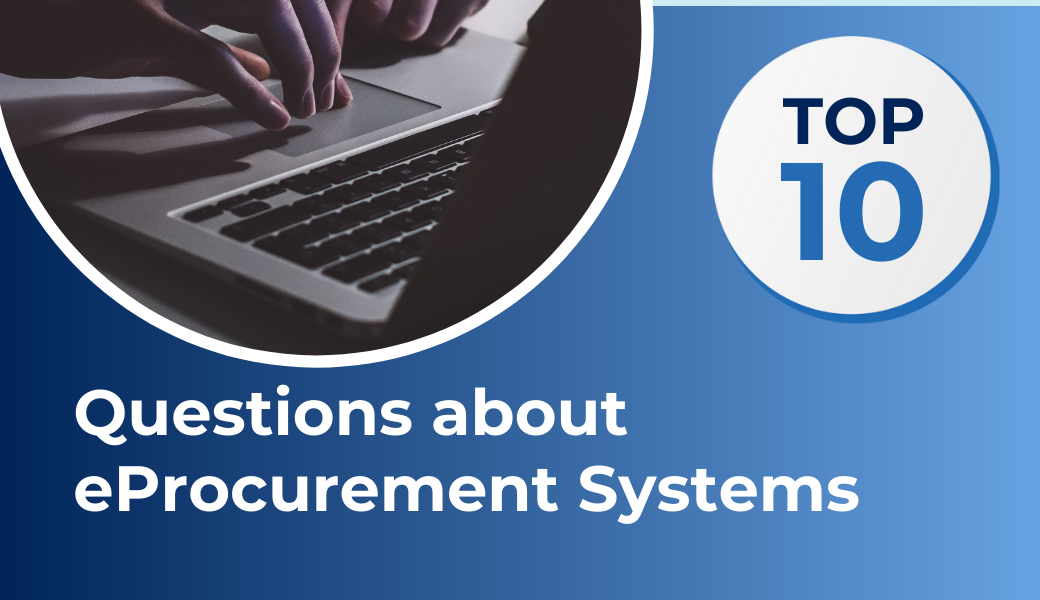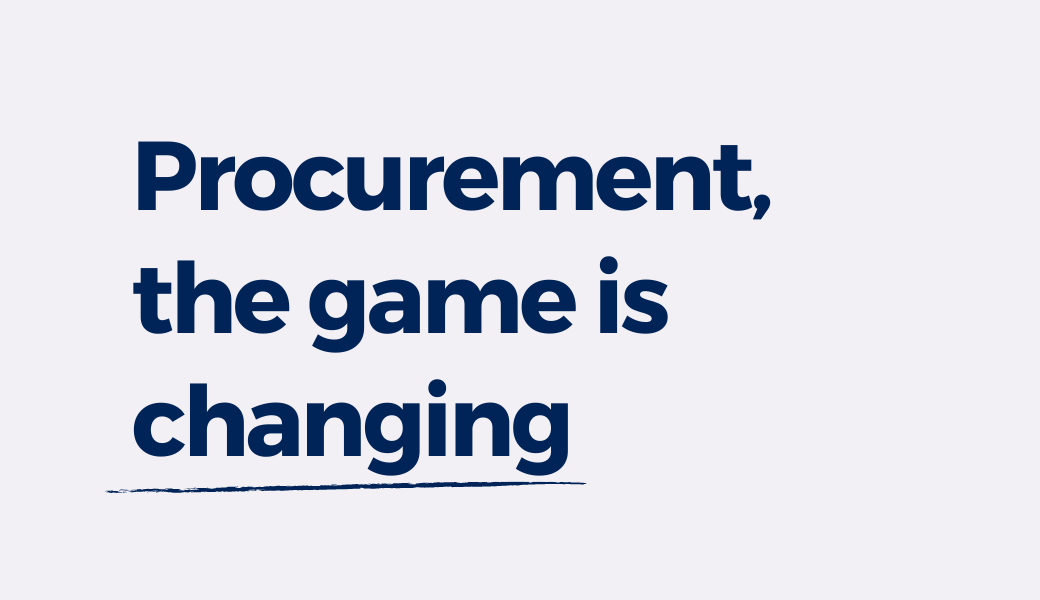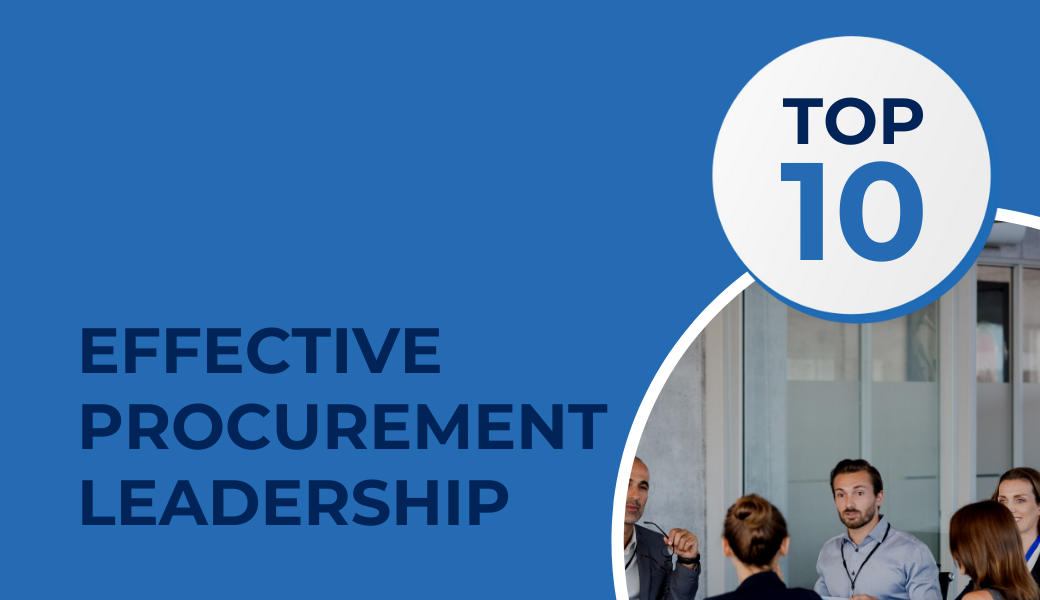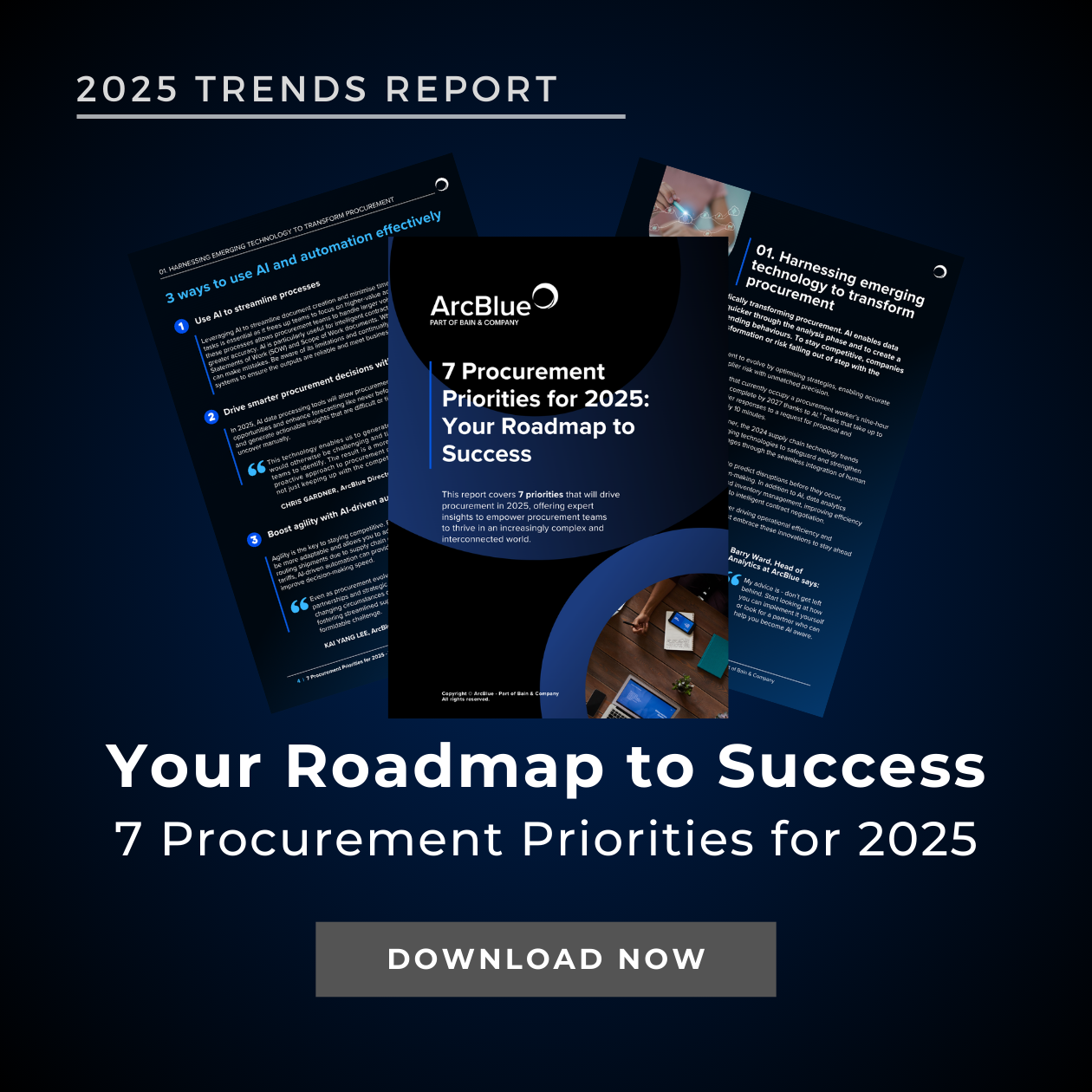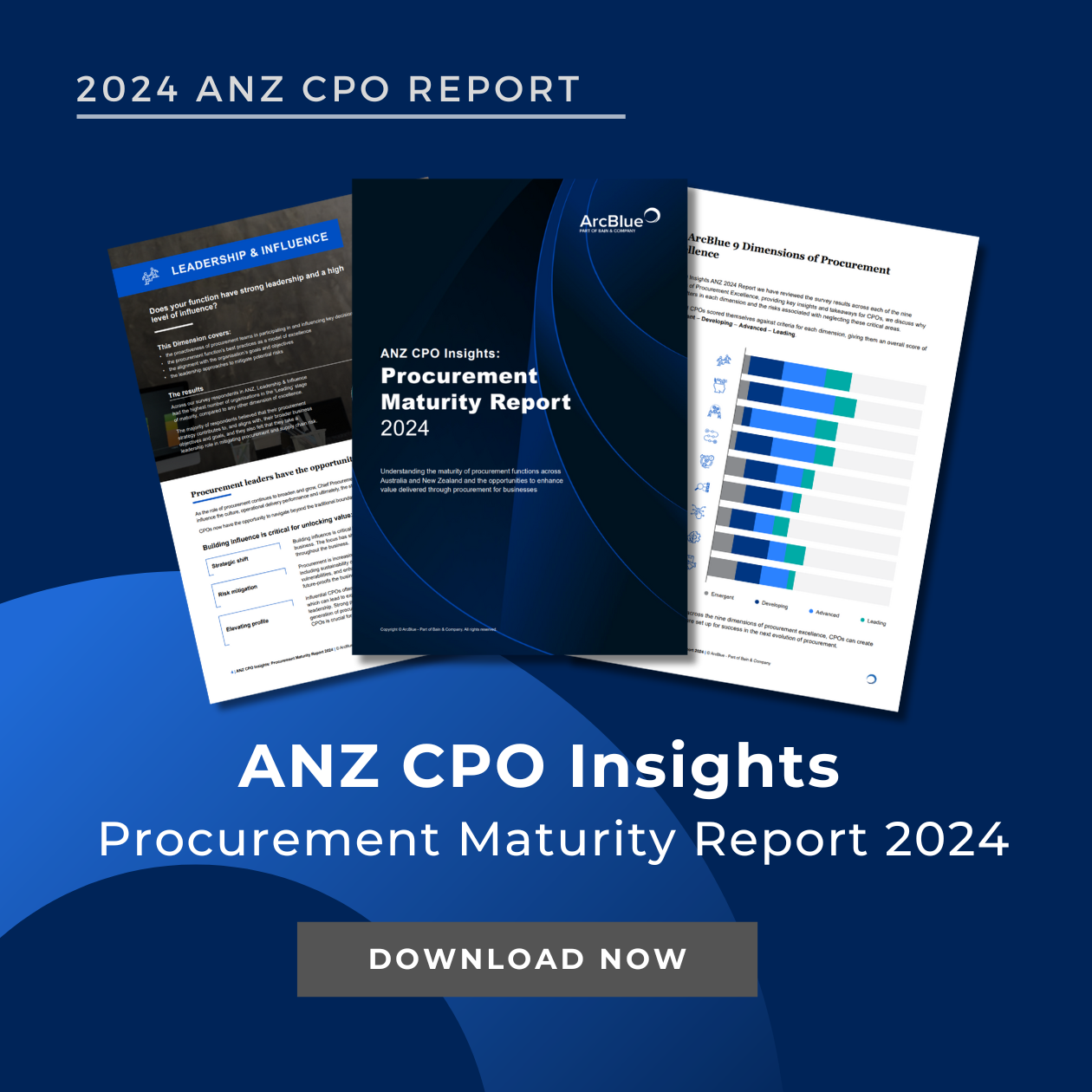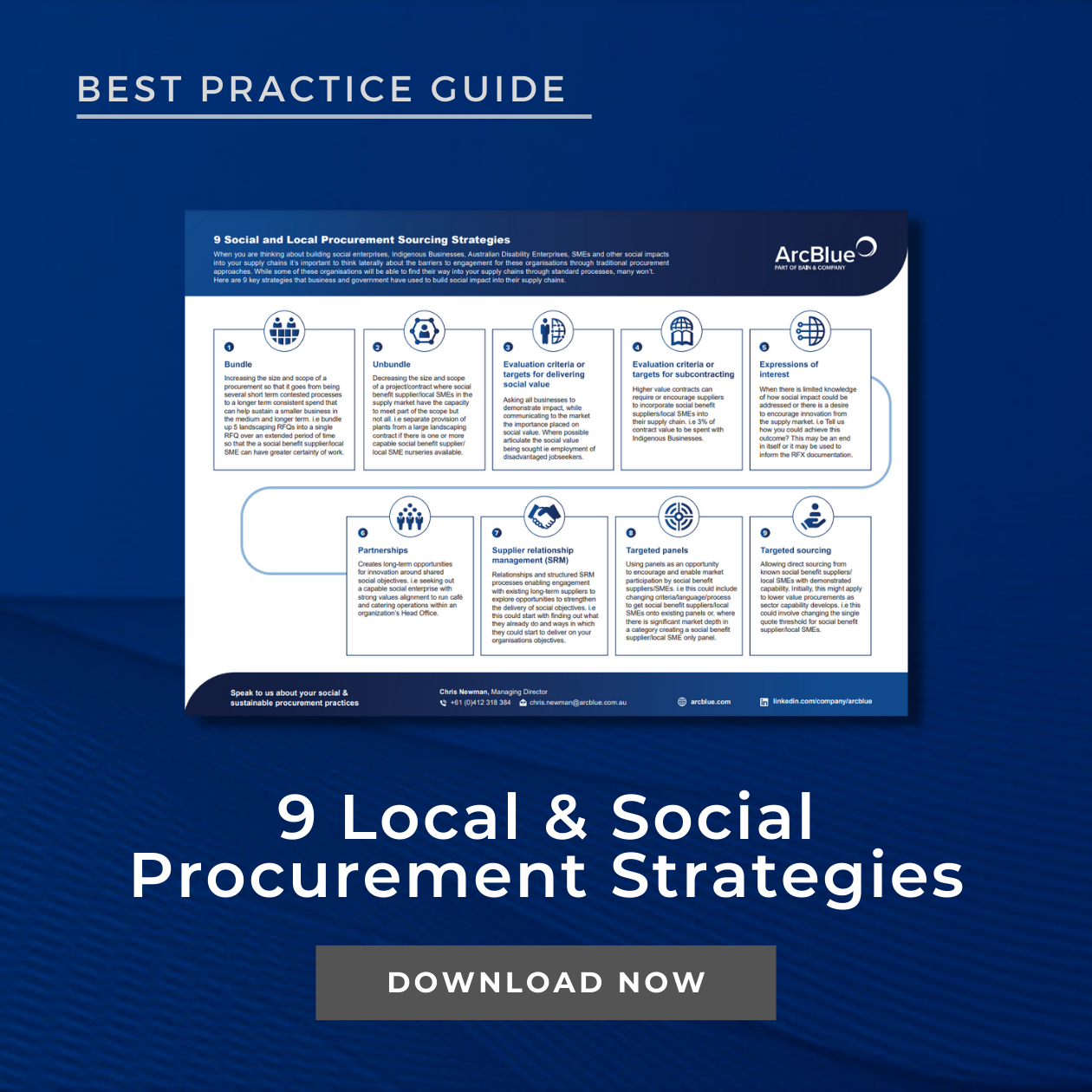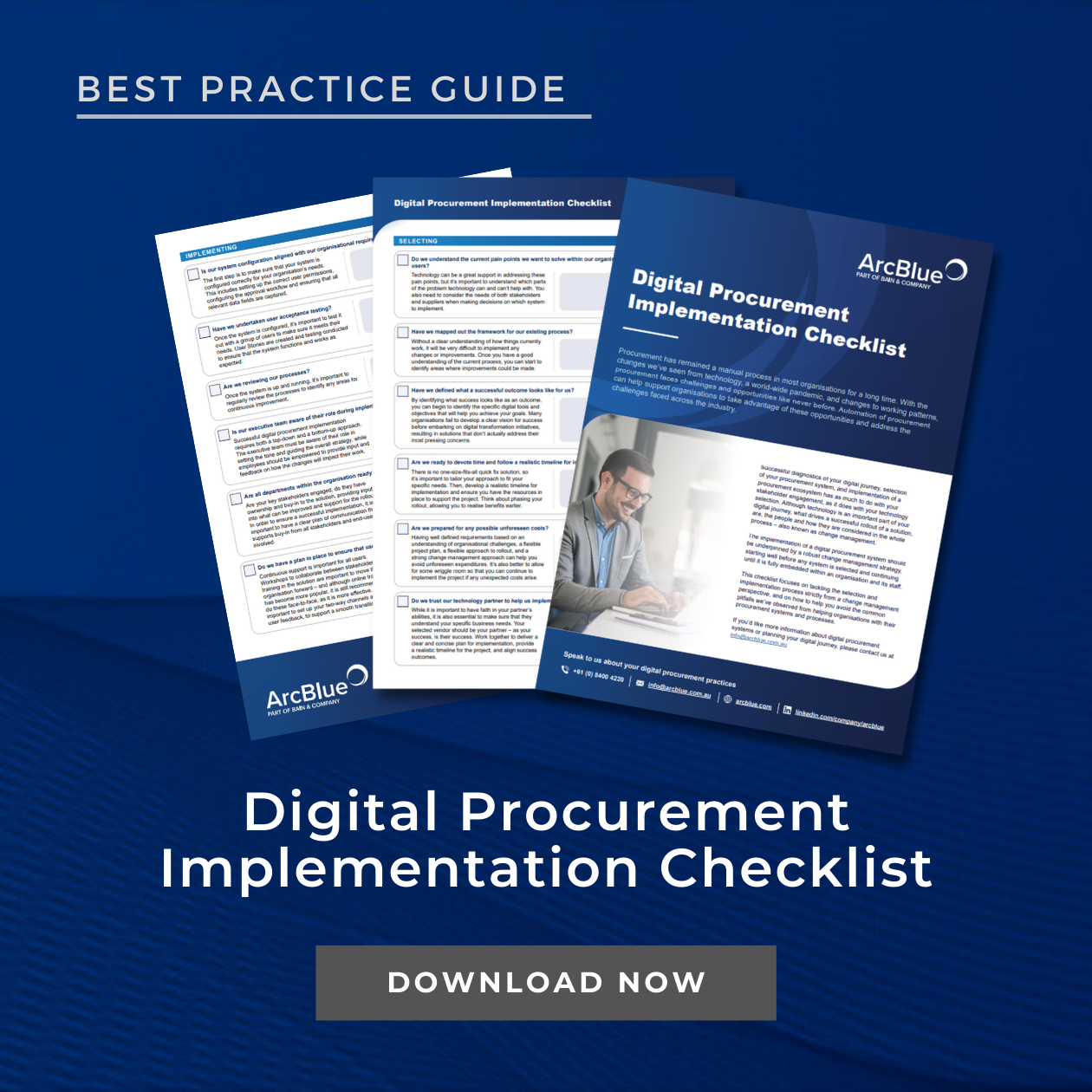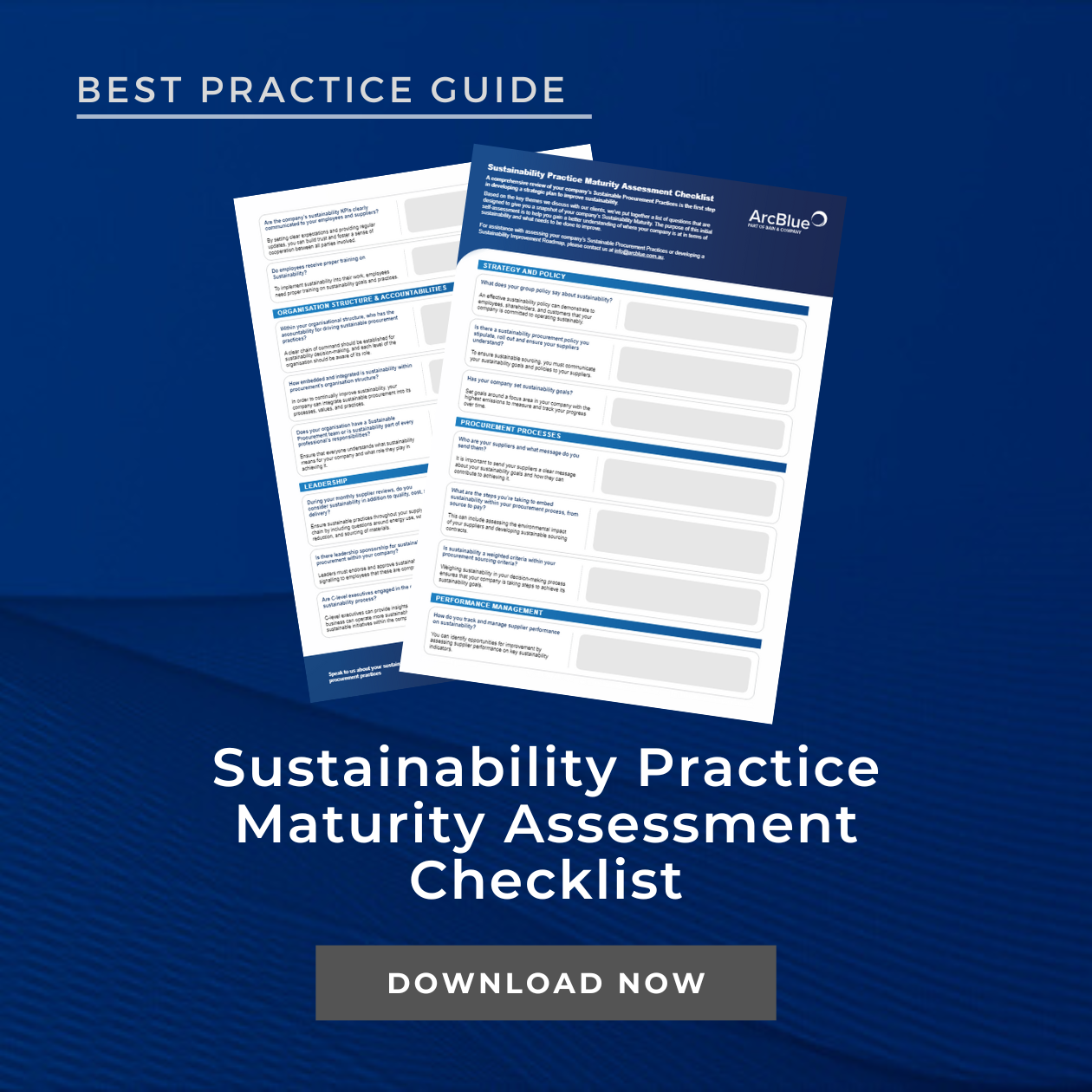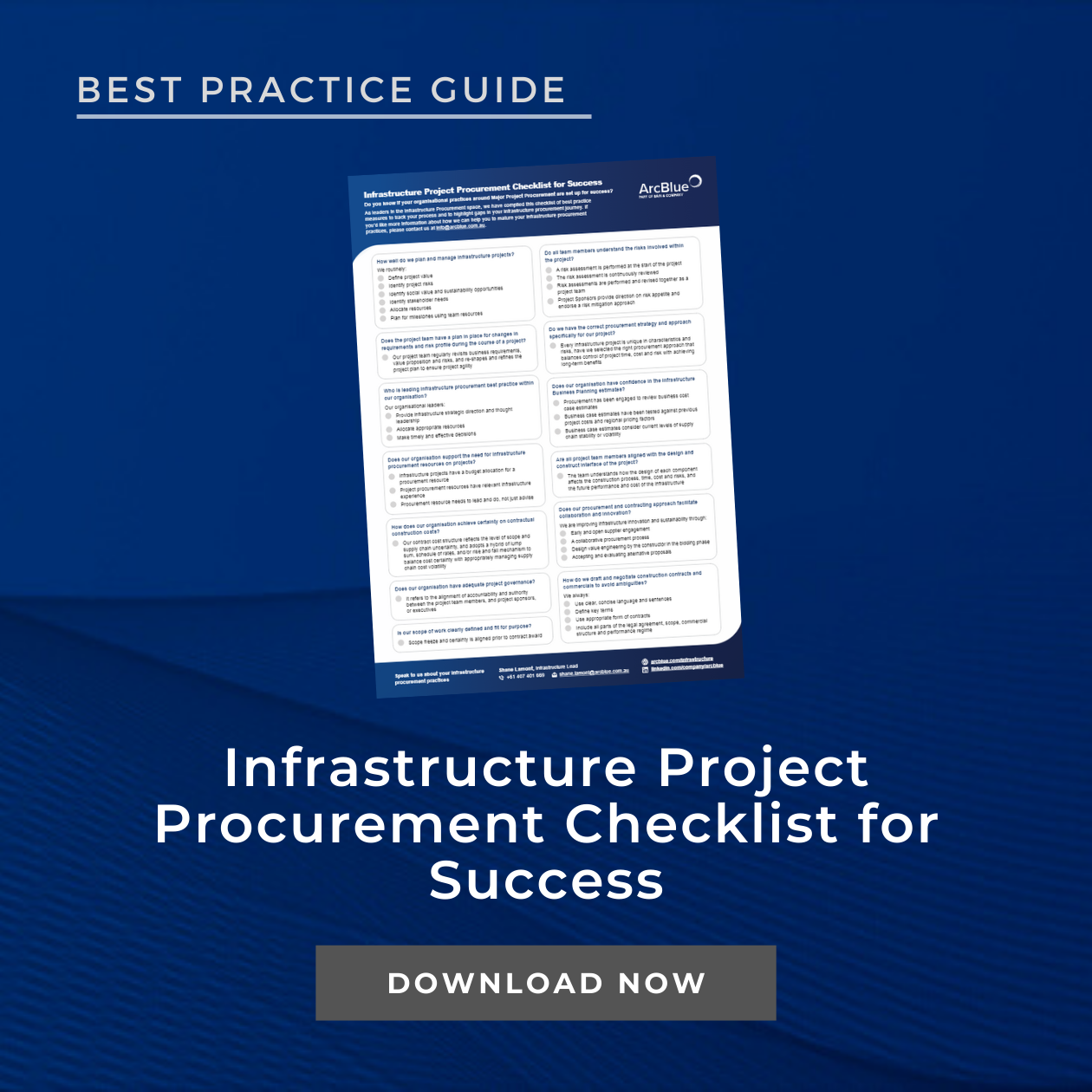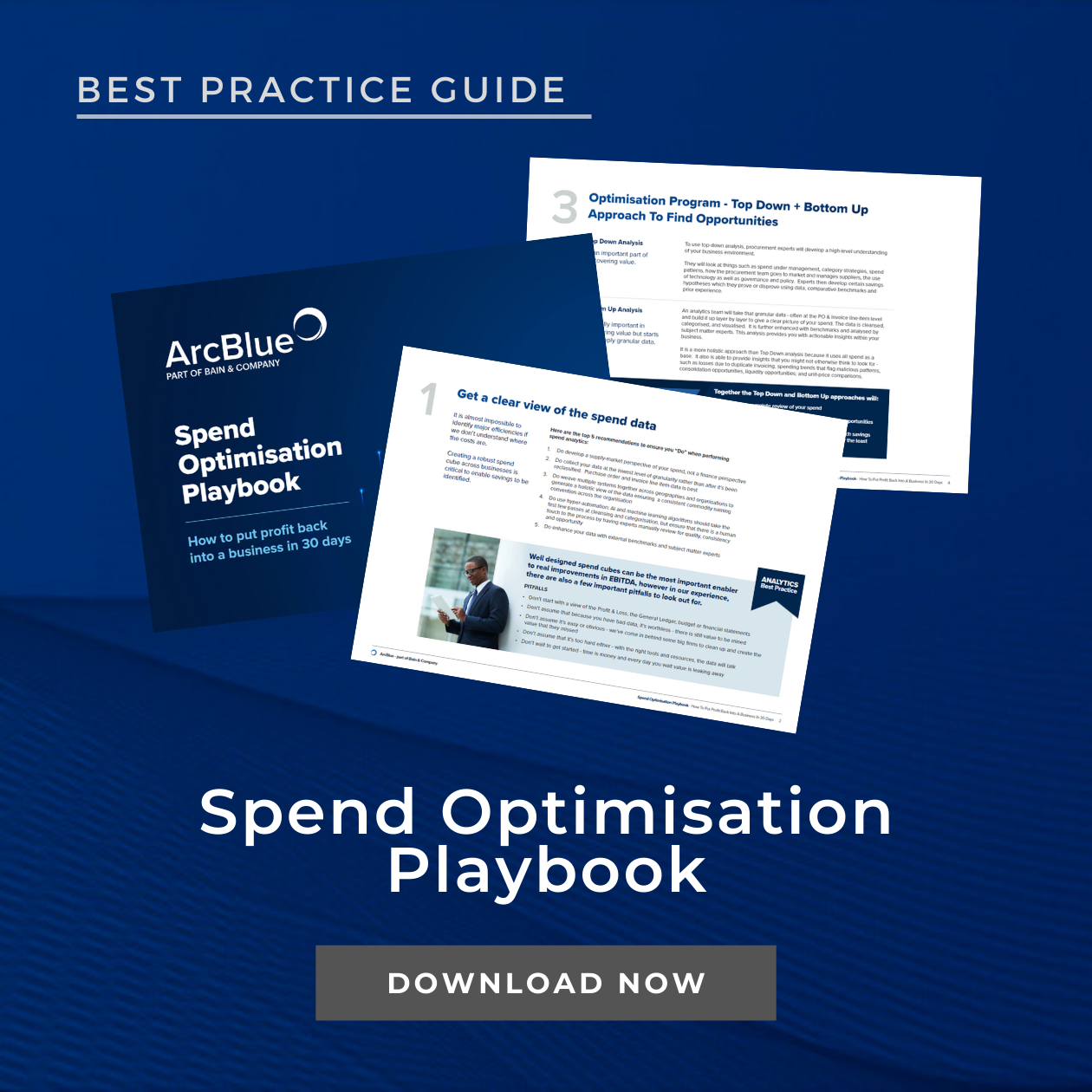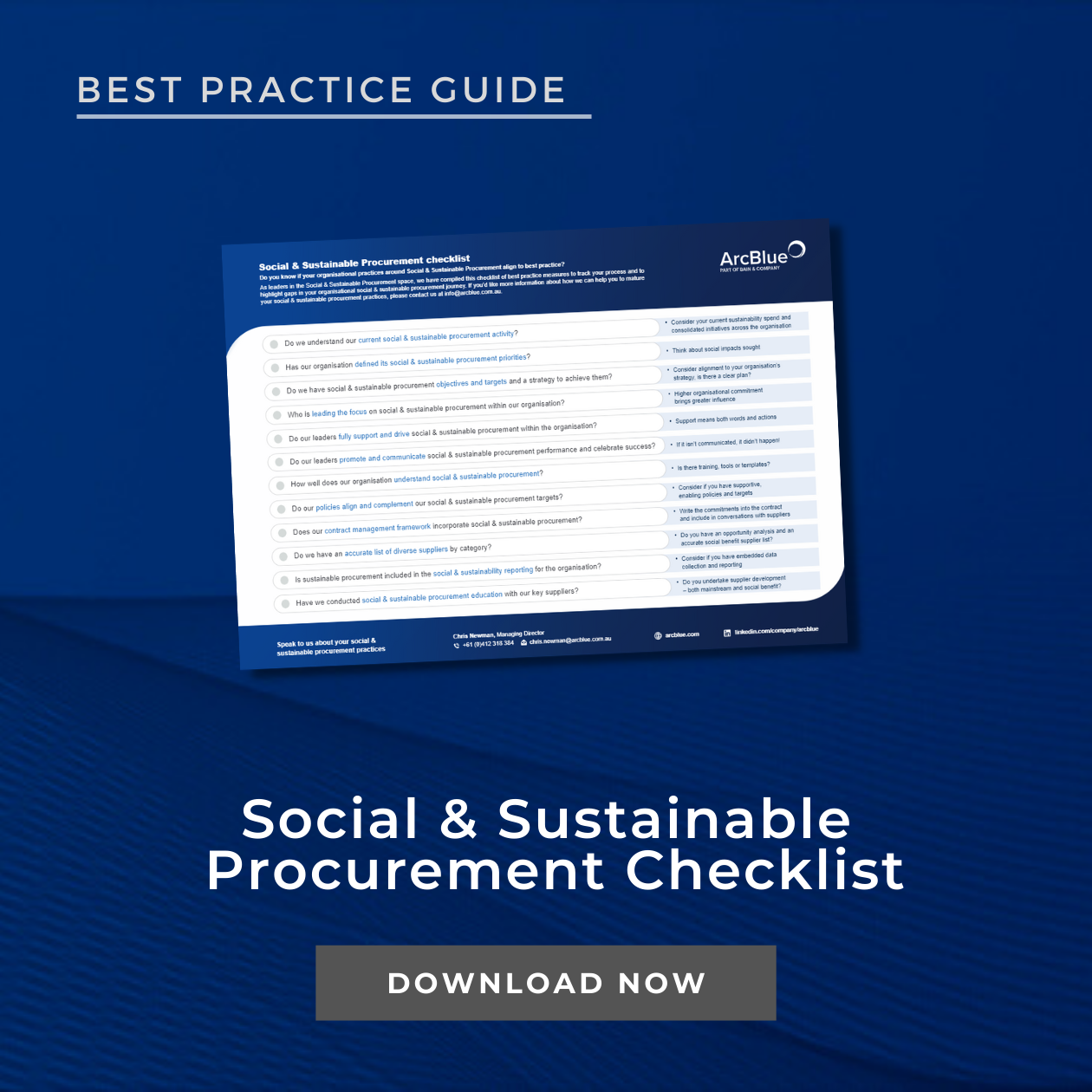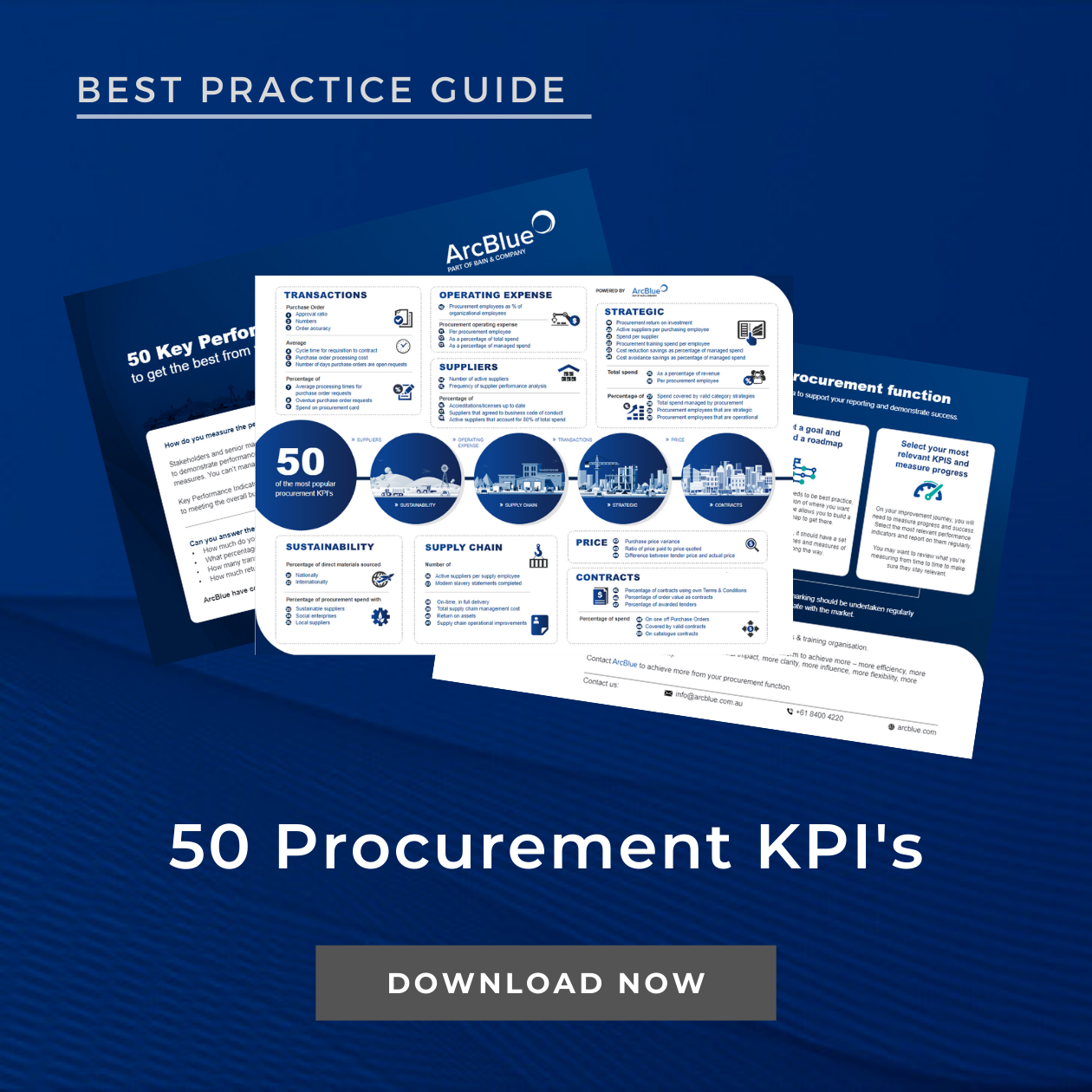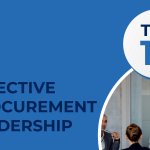- ARTICLE
What is your blockchain strategy?
April 2019
by Emerson Boyle, Director at ArcBlue – Western Australia
If you are anyone other than a medium to large logistics provider; sit, watch and wait. You are not missing out on anything… yet!
What is the business problem you are trying to solve?
Blockchain is a really interesting technical solution in search of a problem to solve.
So many of the use cases put forward by the promoters to date have underlying business problems, with better technical solutions available. To highlight the common cases:
To enable cryptocurrency!
This is a whole other subject, however in a nutshell a currency serves as a medium of exchange or a store of value; and there are issues with both of these in crypto.
For Smart contracts! So you can contract without trust!
If you want to automate financial settlement (as a Smart contract would), there are several existing, proven technical solutions that work for that. If you really want to contract with an unknown, untrusted counterparty there are other processes that accommodate that (the Letter of Credit is one example tool although there aren’t too many B2B scenarios that truly fit in this scenario).
To ensure product integrity, for example so WalMart can track green leafy vegetables, or eliminating conflict diamonds!
Typically, these initiatives are based on a closed, proprietary blockchain platform, which could be achieved (more efficiently, with less technical risk) with a traditional database. We also need to think about where the potential point of fraud is for any system that relies on a manual data input to match a physical product (unlike laser-etching diamonds or embedded RFID tags in manufactured goods).
To increase transaction speed!
Blockchain replicates all transactions across all nodes; a massive data impost and transaction lag. By way of comparison, Visa verifies payments 500 times faster than bitcoin.
To reduce transaction costs!
Using the existing capabilities of your ERP system you can reduce your requisition to payment P2P cycle cost down to mere cents (we can show you how!). Don’t underestimate the costs of deploying blockchain solutions: development costs, licence or access fees (to proprietary networks), network infrastructure and data costs etc., for what is still an immature technology.
If you think first about the business problem you are trying to solve, then apply the most effective, lowest risk, most efficient solution to that problem, it is hard to see a scenario where a blockchain is the right answer.
I am looking to be convinced however, if you believe you have THE use case that will be the ‘killer-app’ for blockchain then I am waiting to be converted!
What was that about logistics again?
This might be the killer-app…
The first name to pay attention to is TradeLens. TradeLens started as an effort between Maersk and IBM and has grown to include a sizeable participant group (92 at last count and growing). TradeLens has probably achieved a critical mass enough to force change in an industry which desperately needs it. TradeLens is dedicated to solving a very real business problem: goods crossing borders involves, to this day, a mess of physical paper, arcane (and inconsistent) regulations, multiple agencies (even within the same country) and an administrative burden totally out of proportion to the needs of modern cross-border trade (a great short presentation by Karen Oldfield, CEO of the Halifax Port Authority here provides a vivid illustration of this).
There are a number of other technical solutions to achieve secure EDI and transaction verification however none of these has captured enthusiasm the way blockchain has. If it takes the blockchain label to get regulators, shippers, buyers and customs authorities on board with paperless trade then I am all for that – more power to them! The value of blockchain is the marketing power it has brought to optimising global trade.
The other name to pay attention to is R3 and their Corda network. In 2018 HSBC and commodities giant Cargill announced they had made the first commercial trade finance transaction (a Letter of Credit) using blockchain. By November the same platform was used to make a transaction between Cargill and Rio Tinto. In both instances the Corda blockchain platform allowed the LOC to be settled near-instantly and paperless. For those of us who have suffered the administrative trauma of managing letters of credit, the idea of instantaneous, paperless reconciliation and execution has obvious appeal.
So, if you are a logistics provider then you need to know about TradeLens and R3. If you are a large logistics provider, then think seriously about spending some of your R&D dollars on making paperless international trade a reality (please!).
In other industries we need to think critically about solving the right problem in the best way, which may or may not be blockchain based.
Want to continue this conversation? Reach out to me at emerson.boyle@arcblue.com.au or connect with me on LinkedIn: Emerson Boyle
Related Services
INSIGHTS
RESOURCES & DOWNLOADS






